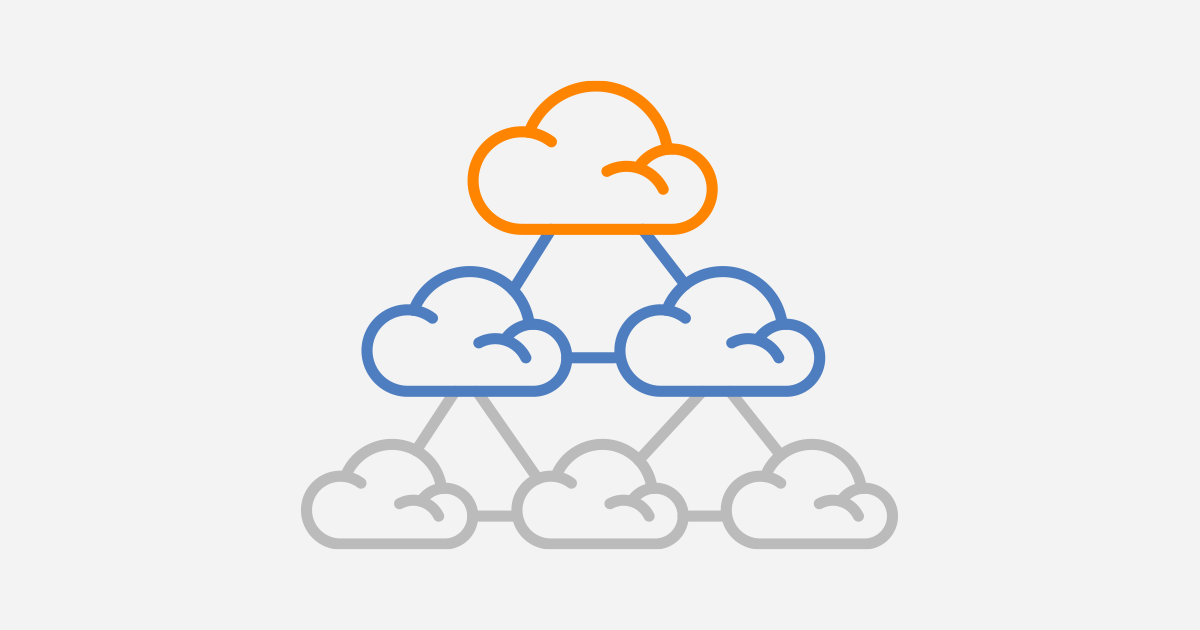Understanding IP transit pricing in the context of connectivity and networking, is essential for companies trying to maximize their operations while controlling costs. In the midst of this pricing structure is a mixture of services and ports, each playing a crucial part in determining the total expense. We’ll go on a quest to discover the economics of IP transit pricing. We’ll explore the most important elements, strategies and aspects.
Port and Service Dynamics
IP transit pricing revolves around the utilization of ports and associated services. Every service needs to be connected to one or multiple ports. This provides a flexible framework that allows the configuration of networks to be tailored according to the specific requirements of each user. It’s crucial to comprehend that every port is able to accommodate several services, with charges differing based on the chosen products.

Understanding Committed Data Rate (CDR)
Committed Data Rate is the principal concept used in IP pricing for transit. It is the minimum amount of data commitment that ports must make. The CDR must be at least 10 percent of the port’s size, ensuring a baseline quality of connectivity. For example, if a business opts for an 10G port the minimum commitment will be 1G. CDRs are the basis for pricing. If the commitment is higher the lower the per-unit fees.
Bursting Above CDR
IP transit ports permit burst capacity above CDR. This allows businesses to deal with sudden increases in traffic. The same price per Mbps is charged for burst traffic like it is for CDR. This permits businesses to be flexible without incurring costs. This feature is particularly beneficial for organizations experiencing changing usage patterns or seasonal fluctuations in network activity.
Factors Influencing Pricing
The amount of data rate committed, port speed chosen, and the amount of traffic are all factors that influence IP transit pricing. Higher CDRs or port speeds generally result in lower charges per unit, which can encourage businesses to increase their connectivity and achieve savings in costs. Pricing agreements can also be affected by the level of competition in a market as well as the power of negotiating with customers.
Cost Optimization and Maximizing Value
To maximize the value of IP transit, a strategic approach must be followed to maximize budgets. Companies should conduct a thorough assessment of their needs for network connectivity by taking into consideration aspects such as the expected volume of traffic, scalability needs, and goals for performance. By aligning their needs with the most suitable pricing plans and service offering companies can ensure that they reap the maximum benefit from their investment.
Strategies for managing costs
Cost management strategies are a fantastic strategy to decrease the impact IP transport costs have on budgets. It is vital to look over the pricing agreements on a regular basis to identify opportunities for improvement and renewal. The insights from network monitoring and analytics tools can be used to make informed decisions that allow companies to modify their configurations dynamically in response changing needs.
The importance of Future-Proofing
In a technology-driven environment which is constantly changing and constantly changing, planning for the future of the network infrastructure you use is vital to the long-term success of your business. Businesses must not just think about their current requirements, but also future expansion and growth when looking at IP Transit Costs options. Picking solutions that are scalable and allow to grow and adaptability can assist in reducing the need for upgrade later.
Compare providers and pricing models
There are many providers in the market of IP Transit that each have their unique pricing and model of service. By comparing providers carefully, businesses find the best fit for their needs while taking into consideration things like reliability, performance, and customer service, along with price. It’s crucial to look beyond the bottom line to examine the overall benefits offered by every provider.
Conclusion
To be able to navigate the economics of IP Transit pricing It is vital to understand all of the basic dynamics that influence the pricing, as well as strategies and factors. Businesses can maximize the return of their investments by taking advantage information about port and service dynamics and optimizing budgets. Through strategic planning and careful decisions, companies can create resilient networks that are high-performing and help their growth in an ever-growing global network.